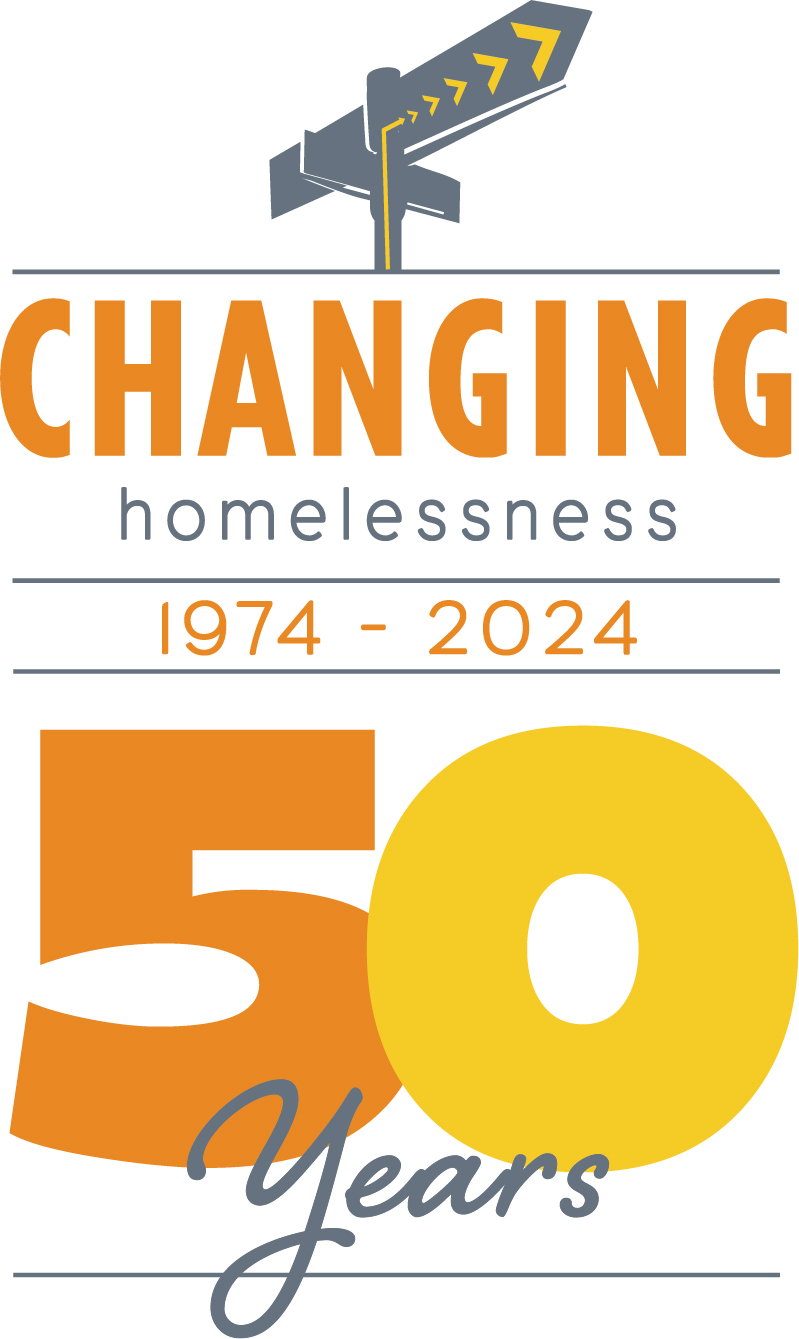Recently, I had the opportunity to attend a Community Solutions Built for Zero Learning Session in Detroit, Michigan, to participate in the Northeast Florida Continuum of Care’s (CoC) ongoing work addressing homelessness in our community. I was invited in my capacity as the Social Services Manager at Mission House, a small homeless day facility in Jacksonville Beach, serving individuals experiencing homelessness at the Beaches with meals, showers and case management.
I have been at Mission House for a little over a year now, having moved back to Jacksonville last year, and just recently stepped into the Assistant Director position with the organization. I had been away from Jacksonville for some time, employed in various Social Work positions in the Midwest, and was not at all familiar with our CoC’s strategy for addressing homelessness. The Built for Zero Learning Session helped me greatly in understanding more of the current homeless services system landscape, as well as Mission House’s role within that system, and most importantly, what we are all working toward and how we can get there.
I was able to deep dive into some intriguing ideas at this Learning Session and worked on several project plans with the other Northeast Florida CoC members. But there were two specific ideas that I came away thinking were the most significant revelations to me–that of “functional zero” and an effective rapid response system.
Even though I’ve worked in homeless services as a shelter, rapid re-housing, and permanent supportive housing case manager, respectively, this was the first time that functional zero really registered with me. Prior to this, discussions about ending homelessness usually focused on ending it altogether, full stop–not one single person homeless in the community, on the streets or in the shelters, at any time. I think as communities have been doing this work for so many years now, we are seeing that no matter how responsive a community or system is, we just can’t control for every single circumstance that might contribute to a person’s homeless episode. As a result, I think the idea of “ending homelessness” has evolved into this more realistic, refined, and nuanced idea of functional zero.
Functional zero is a pretty complex idea, which makes sense since homelessness itself is also a very complex issue. Functional zero is, roughly, a threshold that is reached when a community’s effective rapid response system permanently houses more or the same number of people who are homeless on an average monthly basis, compared to the number of people experiencing homelessness entering the system in the same timeframe. You might think that this is still pretty wildly unachievable, but this Built for Zero framework has worked in several communities throughout the nation already. Yes, they are sometimes smaller, more rural communities that may not have quite the same size homeless population as our metropolitan area, or they may have other assets that helped them get to that goal, but often they are facing the same barriers that the rest of us face, like lack of capacity, or a tremendous dearth of affordable housing. Yet, despite these barriers, they were able to reach this goal because they re-worked and refined their community’s response to homelessness until it did what it should have been doing all along–move someone experiencing homelessness quickly through the service system and into stable housing. They have built, together, a well-oiled, functioning, and efficient system that can respond to and address a person’s homeless episode in a matter of hours and days, not weeks, months or years. This system, with all of its moving parts and pieces working nearly perfectly in tandem, is what makes functional zero possible.

Left to Right: Bill Rodgers (Veteran Affairs), Michaele Bradford (Mission House), Charmin Alston (Veteran Affairs), Lauren D’Amico (Changing Homelessness), and Charles Temple (Changing Homelessness)
I was at a meeting recently where someone said that something radical needed to happen in Jacksonville to address our lack of shelter and housing. Something radical does need to happen, but it may not be as radical a change as you think. The radical change to address homelessness could be as simple and basic as catching up to what some of these other communities are already doing to make their systems of care work. I’m talking about really looking closely at these other communities and dissecting the approaches, methodologies, strategies, and priorities. One of the hallmarks that most of these successful communities share is that they are also working collaboratively, across agencies and with the combined efforts of a wide array of community leaders and stakeholders, to implement cutting-edge and innovative ideas.
At the Learning Session, we heard about a Housing Navigation van that is being shared among service providers somewhere outside of Chicago to locate and identify potential housing. Right here at Mission House, we sometimes roommate-match our own clients when applicable and appropriate, an idea that is pretty hot right now among agencies trying to maximize what little housing stock might be available.
Creating this rapid response system also requires the actual testing of ideas, and being unafraid to put them into practice where and when feasible. Evaluating and discussing these changes and their results, as a fully participating, community-wide team, must also be part of the process. We’d need to determine whether these changes or ideas actually worked, whether they could continue to do so and whether they could even be scaled up from just one agency to many.
I see this rapid response system as a critical key to addressing homelessness in Northeast Florida. Right now, sure, there are still barriers, like the aforementioned lack of affordable housing, and better cross-collaboration to be had, but our CoC is working diligently to improve our system. We’ve got fundamental elements of a good system already in place, from the Coordinated Entry component that functions best when every agency providing any type of homeless service takes part, to the By-Name Lists that match services with needs, and an inventory of all available housing stock. We have a strong, invaluable partner and resource in Built for Zero, working with us and providing a framework with encouragement to test new ideas, make small changes to determine what works, and to define where real change can take hold.
We may not have reached functional zero yet, but we are near reaching it soon for our veteran population. Functional zero for persons who are chronically homeless would then be the next goal. But strengthening our rapid response system first is vital. We need to have everyone who is at all involved in housing or homelessness engaged in this work with us, helping to address the barriers, identifying needs and solutions, and continuing to build a better system. Only then, with a fully functioning and effective response system working as it should, would we be closer to functional zero, and maybe finally see an end to homelessness in our community.
Guest Blogger: Michaele Bradford, MSW – Mission House, Assistant Director



